6 things to look for in a business monitor
Sales of desktop monitors have surged over the last 12 months as workers seek to improve their home-office set up. Looking ahead, many will be looking to make this a more permanent arrangement. A safe welcome return to the office combined with the ability to work from elsewhere is the hybrid solution that many organisations are working towards.
Corporates will be looking to replace monitors which were redeployed for home use, whilst many workers may seek local office space as an alternative to working from home where space may be limited. Whatever your size of business, or wherever you choose to work, the monitor is the vital centrepiece to a modern workspace.
Jan Graf is Sharp/NEC’s expert in desktop displays and offers his insight as to what to look for in a business monitor.

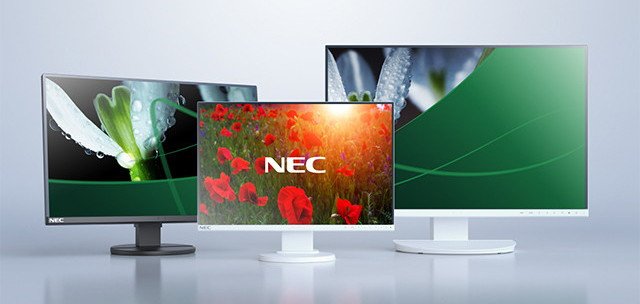
1)
A good business monitor should support what business needs, and that’s productivity. The size of the screen is the first thing to think about here; the larger the screen estate, the more documents you can view simultaneously, meaning fewer mouse clicks and fewer opportunities to get distracted.
You can also view more columns and rows on your spreadsheet without scrolling. A 27” monitor is becoming popular, giving more than ample screen area, but if your workspace is at home, you might find a 24” is more practical, and it will perfectly complement your laptop screen.
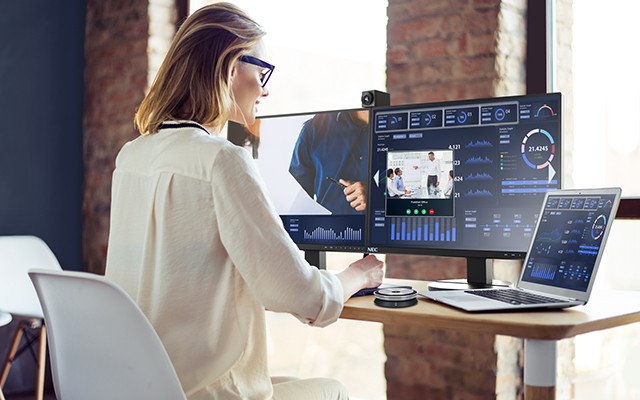
2)
If you have the space available, multiply your active screen area with a dual-screen setup. Make sure that both displays are equipped with DisplayPort-OUT functionality to enable daisy-chaining on a USB-C signal.
DisplayPort-OUT combined with USB-C is the most effective solution for multi-screen environments either at home or in the office.
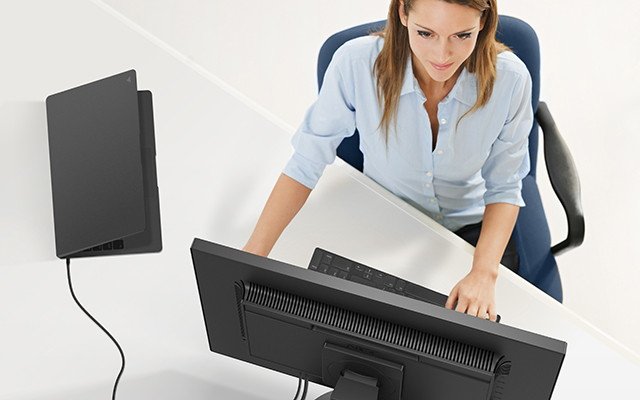
3)
Supporting open office standards in hot desking and “bring your own device”, plus business-critical home working, USB-C enabled desktop monitors are fully future-proofed. Just a single cable connects your monitor to a laptop or tablet, managing audio, video and power as well as charging your device for an all-in-one communications hub.
You can keep your workspace free of clutter, no multitude of cables and no docking station required.
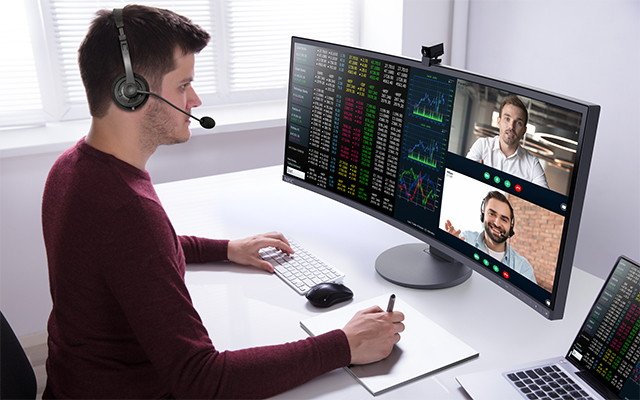
4)
Depending on the type of documents you’re working on, a higher resolution will give more pixel free detail.
For standard office documents, spreadsheets and the like, look for 1080p Full HD resolution which will offer you an excellent viewing experience with your text characters in sharp focus.
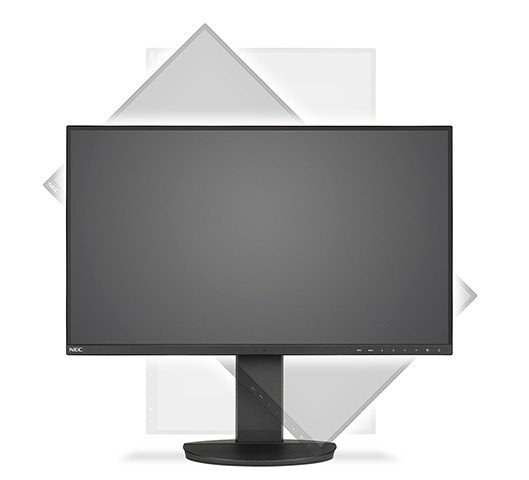
5)
It’s important to remember that the monitor is simply an interface between the user and the PC, what’s truly important therefore is the person sitting in front of the screen. User wellbeing cannot be overlooked, it is an important aspect of that all-important productivity.
A good range of ergonomic adjustment will allow for individual set up whilst features to reduce the blue light effect and flickering will protect the user’s eyes.
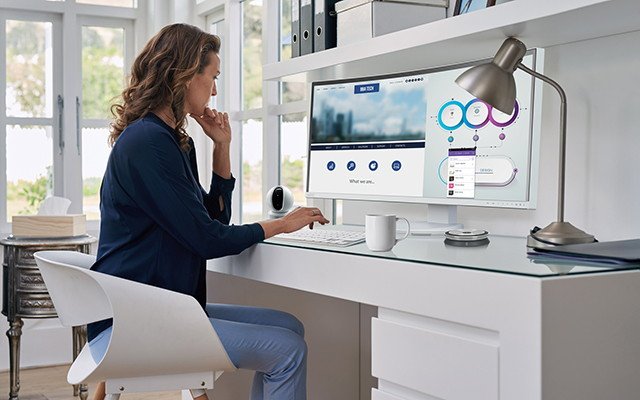
6)
One final point; businesses will also have an eye on reducing costs so eco features to reduce power consumption will be interesting.
Moreover, look for high quality and reliability for long lifecycles, meaning you will not have to repair or replace your assets any time soon.

NEC’s new 27-inch MultiSync EA272F and 24-inch MultiSync EA242F offer productivity-focused performance with great flexibility, connectivity and a future-proof desktop solution, as well as a tidy desk!
Browse our full range of desktop monitors
Sharp/NEC launches new one-cable USB-C desktop displays for office and home environments
Read our hints and tips to help you stay productive when working from home
Follow our 5 tips for best ergonomic set up of your monitor
